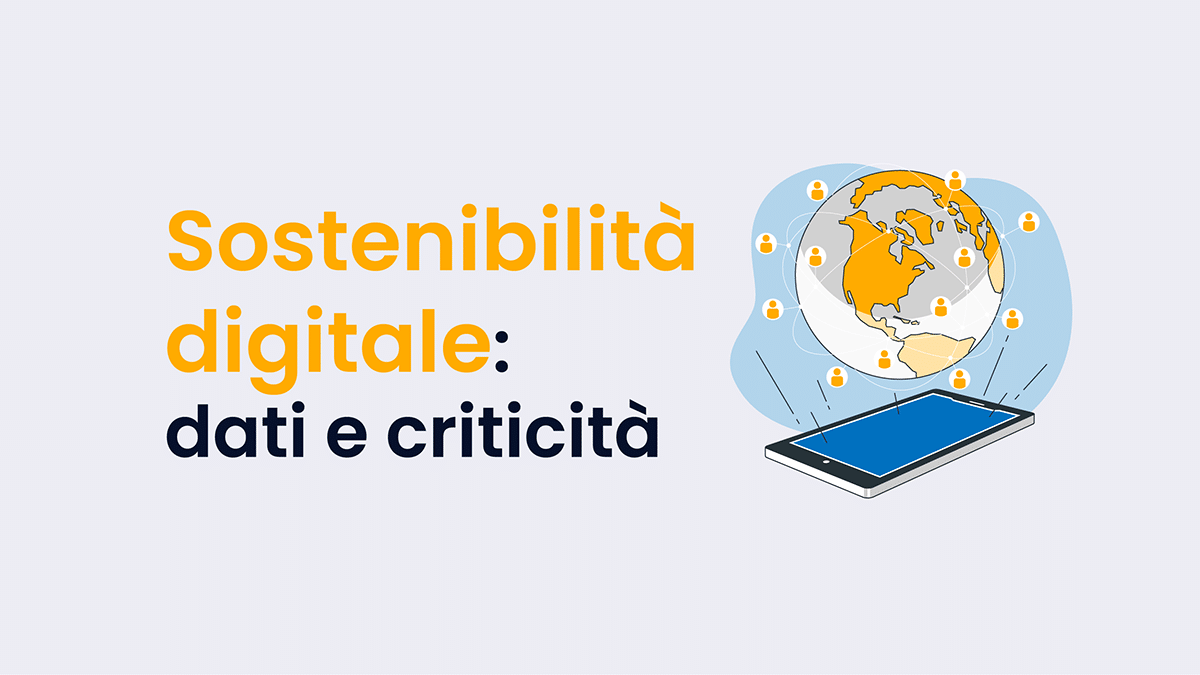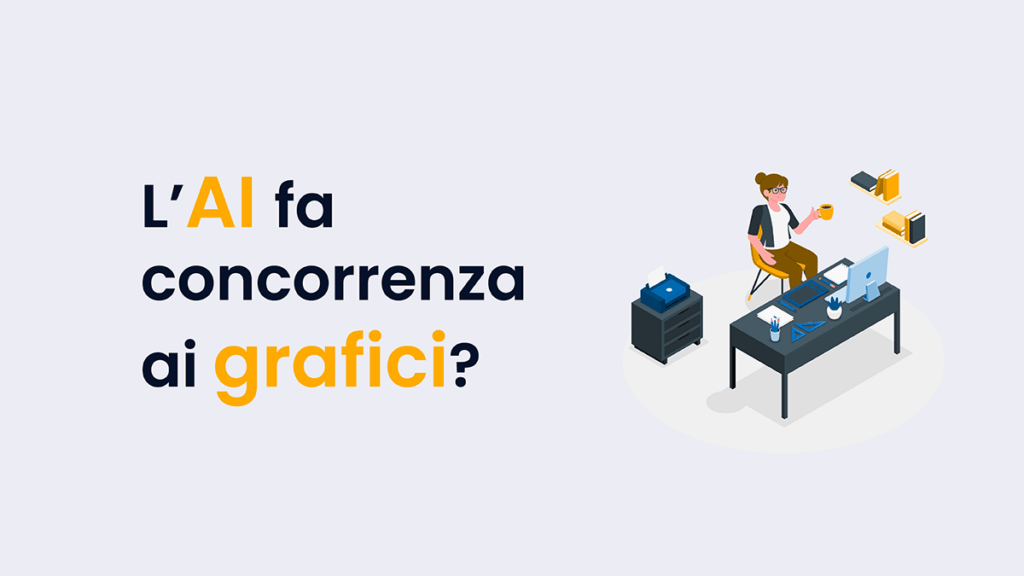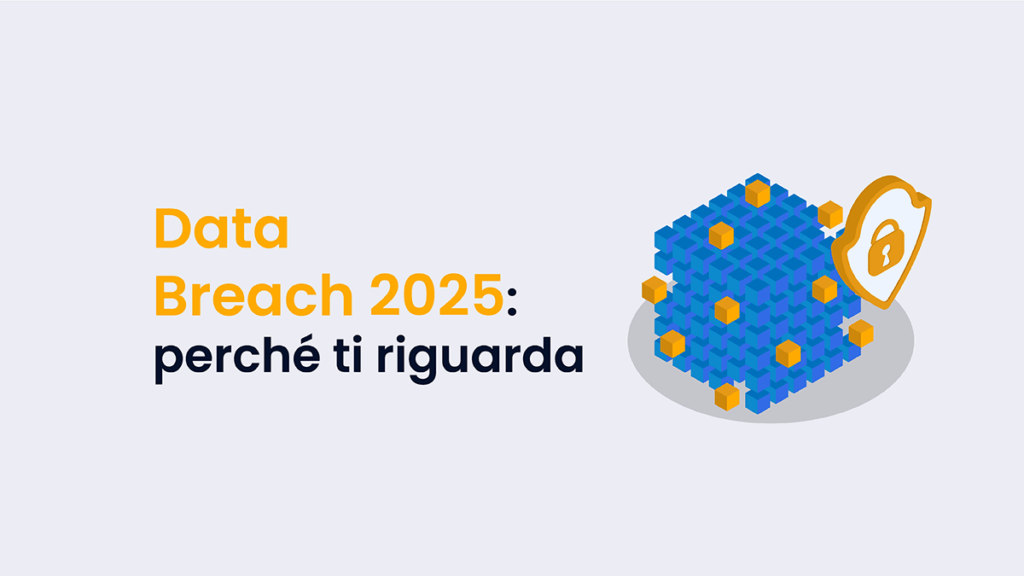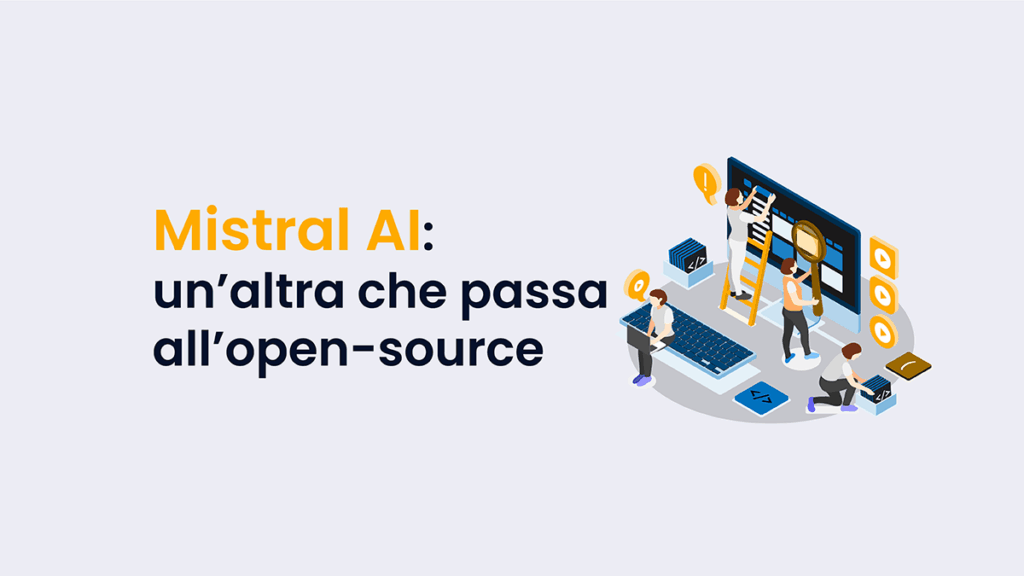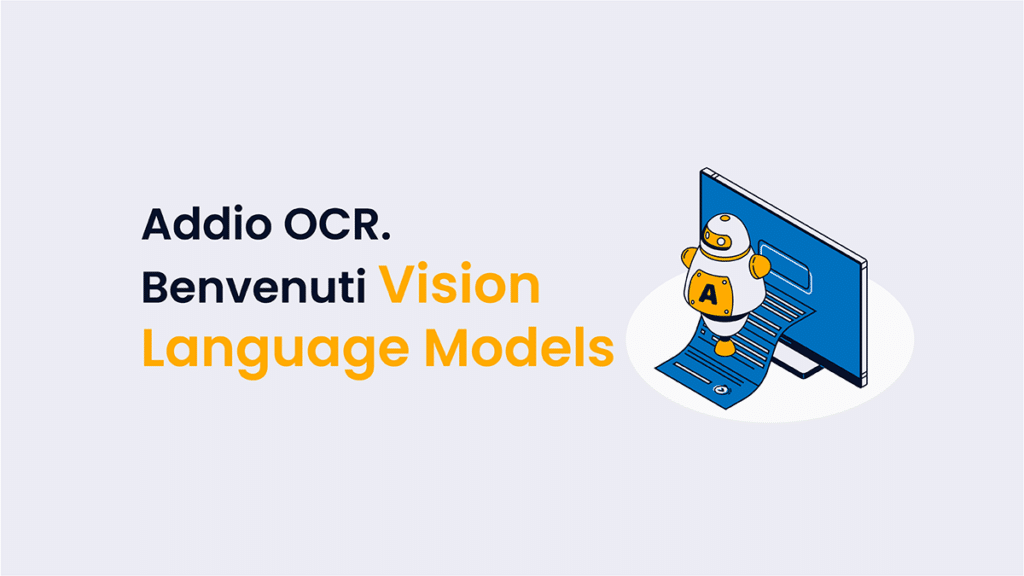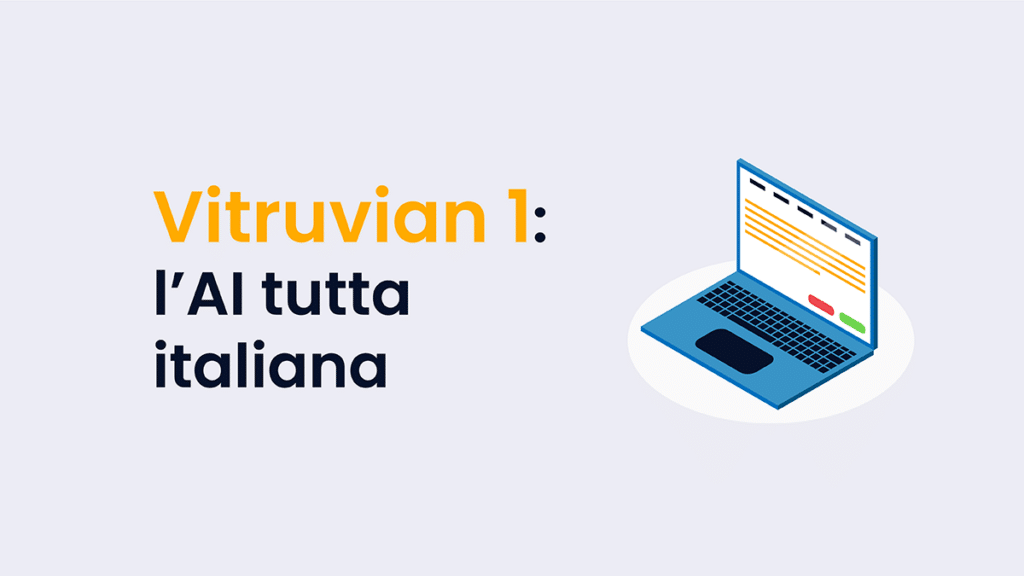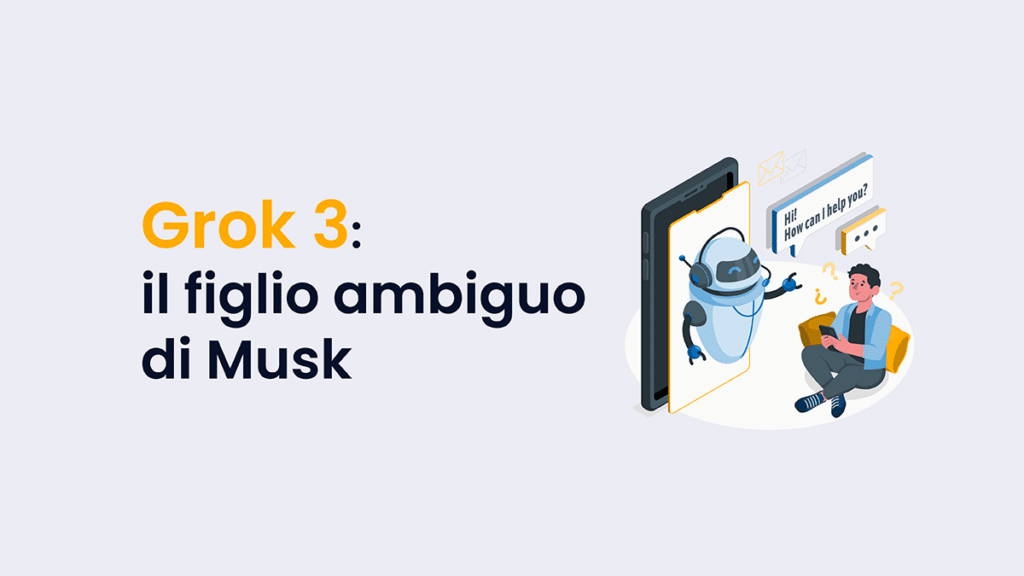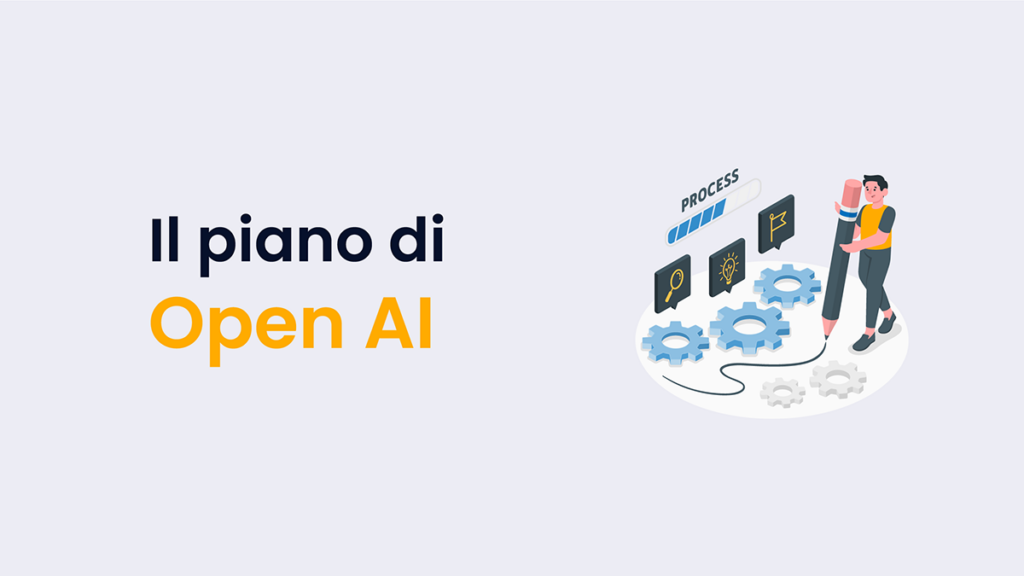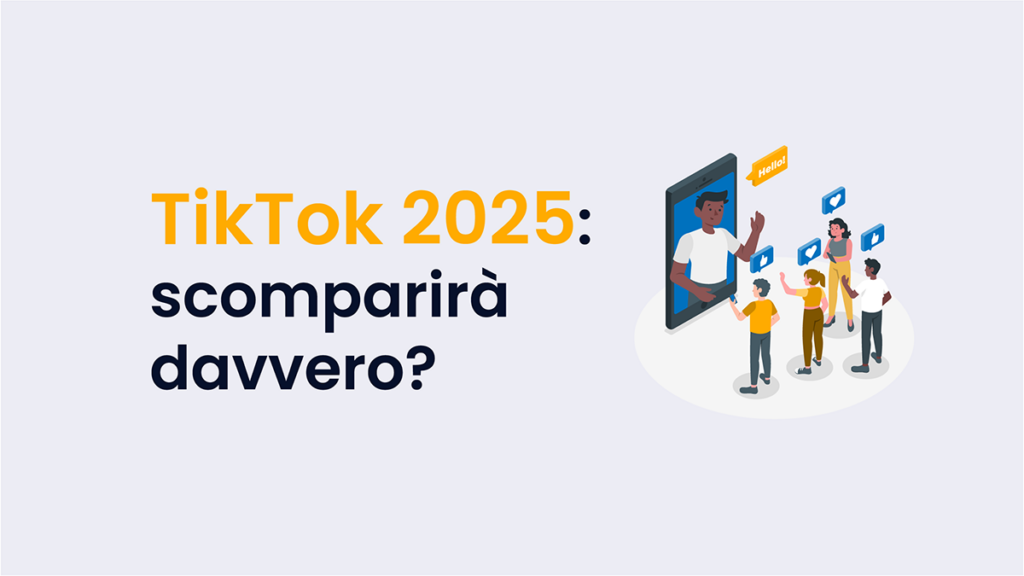Oggi i concetti di sostenibilità e insostenibilità si trovano ovunque. Questo perché il sistema economico che oggi governa e regola il mondo sta mostrando le sue criticità. In fondo, è una questione di quantità e velocità. Si produce tanto e troppo velocemente, qualunque cosa, in qualunque parte del mondo, senza necessariamente essere preparati a farlo con un impatto positivo nel tempo.
Questo vale naturalmente anche per il digitale e per il web.
L’innovazione tecnologica apre opportunità enormi: ma noi siamo pronti a coglierle senza che compromettano la nostra società?
Qui sulla base di dati ed esempi ridipingeremo il quadro attuale sulla sostenibilità digitale. Analizzeremo i suoi aspetti e rifletteremo sulla domanda scoprendo che impatto hanno e possono avere gli strumenti e i dispositivi che utilizziamo ogni giorno.
Indice dei contenuti
Partiamo dall’efficienza energetica
I consumi sono i nervi scoperti di tutti, si sa. Ma illusoriamente può sembrare non interessare al web o al digitale (eccetto i dispositivi). Questo perché a volte vengono viste come risorse virtuali, immateriali. Invece hanno dei consumi, anche significativi, che vi mostriamo in rapporto ad altri settori e basandoci su dati forniti da fonti autorevoli.
I servizi cloud, i social, le chat, i modelli di intelligenza artificiale e la connettività costante hanno bisogno di energia. Infatti i data center che gestiscono gran parte delle infrastrutture digitali rappresentano tra l’1 e il 1,5% del consumo energetico globale (fonte: IEA).
Questo numero è ridicolo rispetto ai trasporti e all’industria manifatturiera, che sempre secondo i rapporti IEA rappresentano il 27% e il 37% dei consumi globali. Però la domanda digitale sale e così si prevede che salgano vertiginosamente i consumi.
Nel 2022 i data center globali hanno consumato circa 460 terawattora (TWh) di elettricità e questa cifra potrebbe arrivare a 1.000 TWh entro il 2026. Un aumento che equivale al consumo energetico di paesi come la Svezia o la Germania. Il tasso di crescita dei carichi di lavoro gestiti dai data center è stimato tra il 20% e il 40% annuo. In più i carichi di lavoro legati all’IA potrebbero far crescere il consumo energetico dei data center a un tasso del 44,7% annuo fino al 2027 (fonti: IEA, DCD e IDC).

Cosa si sta facendo al riguardo?
Per ridurre questo impatto, molte a grandi aziende stanno adottando strategie innovative.
Tra queste, spiccano l’uso di energie rinnovabili per alimentare i data center e l’ottimizzazione dei sistemi di raffreddamento, come il raffreddamento a liquido, che può abbattere notevolmente il consumo di energia rispetto ai tradizionali sistemi ad aria.
Ma cosa c’è di più? Che altre criticità e possibilità ci sono?
Governance dei dati e sostenibilità digitale
La gestione di questa enorme mole di dati è diventata una delle sfide più importanti del nostro tempo. Questo perché una loro gestione errata rischia di avere un impatto sociale deleterio, con scenari dove profilazioni con bias includono o escludono persone da servizi. Individui, i cui dati personali sono stati presi, acquistati, scambiati, venduti senza che loro possano consultarli o averne potere decisionale.
Questi dati, e tutti gli altri quelli che vengono generati ogni giorno, richiedono infrastrutture potenti e sistemi di gestione sofisticati.
Tuttavia, queste infrastrutture come abbiamo appena letto hanno un costo ambientale significativo, in termini di consumo energetico e produzione di rifiuti elettronici. È quindi fondamentale sviluppare politiche di gestione dei dati che siano sia efficienti che sostenibili.
Economia circolare e dispositivi elettronici
L’economia circolare ci viene incontro perché offre un paradigma alternativo al modello lineare “prendi, produci, smaltisci”. Nel settore dell’elettronica, questo significa allungare la vita utile dei dispositivi attraverso la progettazione orientata sulla riparabilità e scalabilità, anche in termini di aggiornamenti.
Programmi di raccolta e riciclo efficienti sono fondamentali in questo quadro per recuperare materiali preziosi e ridurre il volume dei rifiuti elettronici. Questo lo diciamo sulla base delle ricorrenti crisi dei componenti che ci sono state e che rimangono dietro l’angolo.
Impatto sociale della sostenibilità digitale
D’altra parte, anche se i consumi salgono, la digitalizzazione ha il potenziale di migliorare la vita di miliardi di persone offrendo accesso a servizi essenziali, promuovendo l’istruzione e stimolando l’innovazione.
Tuttavia il divario digitale persiste, con miliardi di persone ancora escluse dal web e dalle basilari tecnologie di connettività. Questo squilibrio può aggravare le disuguaglianze esistenti e limitare le opportunità di sviluppo.
L’Agenda 2030 delle Nazioni Unite include progetti legati a migliorare su questo aspetto… ma cosa possiamo fare noi che facciamo impresa sul digitale?
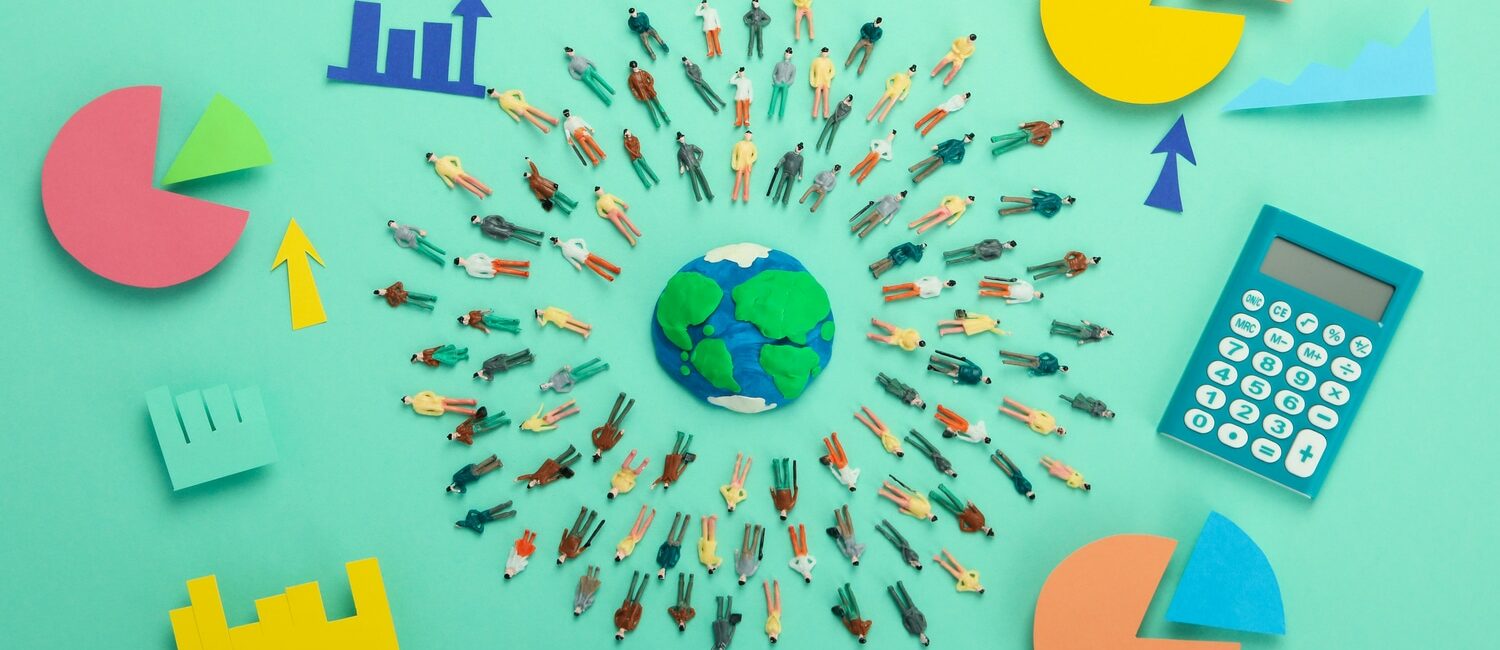
Accessibilità e inclusione sono piccoli passi verso la sostenibilità digitale
Mentre le grandi aziende sviluppano alternative per alimentare i data center e qualcuno promuove ed esercita economia circolare, chiunque abbia un sito web può fare qualcosa per rendere il web più sostenibile. Questo, quantomeno, da due punti di vista: quello dell’accessibilità e quello dell’inclusione.
Progettare prodotti e servizi digitali che siano utilizzabili da persone con diverse abilità ormai sta diventando una tendenza. Tendenza favorita da bandi, incentivi e che presto sarà regolamentata. Tutti i più grandi attori del settore IT oggi come oggi investono in tecnologie assistive e in design inclusivo, dimostrando che l’accessibilità non è solo un obbligo ma anche un’opportunità per creare prodotti migliori e aumentare il proprio bacino di clienti.
Questo aspetto non ha un impatto ambientale ed energetico direttamente positivo. Ma potrebbe favorire la nascita e l’attuazione di modelli di impresa illuminati: dove l’efficienza si riferisce non solo al profitto e alla perfomance… ma a quanto poco impatto negativo c’è stato.
